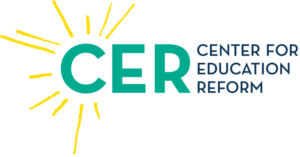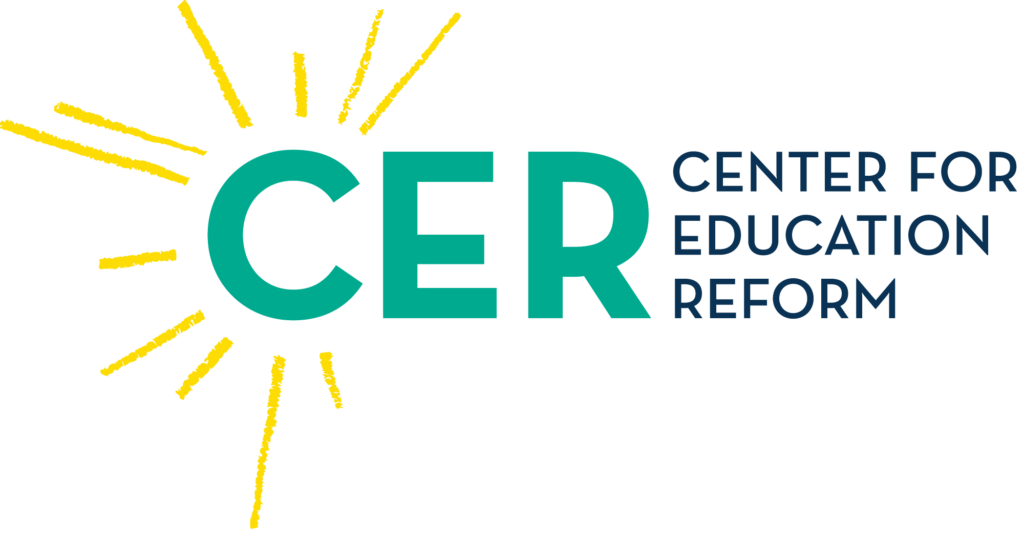
The Education Department’s imminent demise has wrought both ire and joy from many in and outside of Washington, D.C.CER
For decades, advocates have waged lawsuits on behalf of students’ rights to a fair and successful education. These efforts to seek relief for students from failed education, however are continually rebuffed as courts argue that state constitutions do not spell out a student’s right to a quality education. Instead, students are afforded only the right to an “adequate,” “commensurate,” or “thorough and efficient” education, as they are written about in most state constitutions.
But nowhere does a state–or the federal government–guarantee that educational funding must result in students being taught to excel. It’s a shocking truth. In fact, in most cases where lawsuits over education have been waged, the judges have categorically denied their jurisdiction over the education of our youth. Who is responsible then for ensuring that funding is used to promote the best possible educational outcome for every child?
As of March 2025, 21 Democratic attorneys general have filed lawsuits challenging the recent slashing of U.S. Department of Education staff and contracts, part of the Trump Administration’s efforts to reduce the size of the agency, saying they are “reckless” and arguing the move “will hurt students throughout… the nation, especially low-income students and those with disabilities who rely on federal funding.”
Yet, the evidence to back these allegations is entirely missing. Across the nation, there have been scores of cases mandating funding to influence outcomes, with no success.
Perhaps the most famous case is one dating back to 1977 in Kansas City, Missouri, one of several statewide equal funding lawsuits in which District Judge Russell G. Clark was asked to remedy inequities in education dating back several decades from the decision of the city to segregate public schools. Judge Clark’s ruling in Missouri v. Jenkins demanded the state pay $1.8 billion, nearly bankrupting Kansas City, and today leaves the 39,000-student school system still struggling to improve academic turnouts for minorities. But decades later, he would reverse his opinion. According to Education Week, on ending the order in 1997:
A similar scenario played out in the Abbott Case in New Jersey, which began in 1981 and eventually was decided by the state supreme court, which upheld state orders requiring equal e funding between wealthy suburban and poor urban students–including 31 of the worst performing districts. After an infusion of more than $20,000 per student from the state, which is 22% more than other districts in the state and equivalent to roughly $40,000 in today’s dollars–plus a $6 billion construction fund–the failing districts were still not “turned around.”
The state would eventually take over the worst public school systems–Newark, Paterson, and Jersey City–with little progress made. It would be charter schools and Catholic schools subsisting on philanthropy that would save education for a critical mass of students in those localities. Eventually, control would return to the local systems. But for a majority of students, the quality of education in these cities, and others like them around the country, remains a failure. In Newark in February 2025, it was reported that the state’s school improvement plan has yet to be met by any standard. “Nearly 70% of students in grades 3-9 are falling short of meeting literacy benchmarks, around 82% aren’t meeting math standards, and 93% of fifth graders are below grade-level in science.”
So how precisely did the judges in these cases, like so many others, get it so wrong? The Missouri decision resulted in the rebuilding of most Kansas City schools, presumably to integrate them and improve education. Buildings were razed and rebuilt, swimming pools installed, and state-of-the-art stadiums and classrooms created. Teachers even received significant raises. It was all a facade. Student achievement not only continued to decline, but the tax hike forced Kansas City families to move out to the suburbs. Buildings were rarely full, and despite lower enrollment, staffing continued to grow. It was not until decades of lost enrollment and failure that in 2012 the state moved to take over the district and install new leadership.
As State Board member Peter Herschend said at the time: “It wasn’t bad performance; it was awful,” Herschend said. “We were cheating hundreds and hundreds of kids on a consistent basis year after year … So the progress we have made is insufficient progress compared to where it needs to be, but it is such amazing progress to me and I am delighted and I will vote for a full accreditation.”
The underlying cause of these failures is the repeated and misplaced focus on funding the same systems that have failed students, very much like the arguments being made by opponents of reducing the U.S. Department of Education bureaucracy today. Decades of research from such notable scholars as Stanford University’s Eric Hanushek and Caroline Hoxby has demonstrated that it is not funding that correlates to success, but providing autonomy to teachers and parents at the local level, free from the imposition of rules and mandates not related to education that state and federal governments impose, and with the funds locally managed and resourced. While there has always been a lack of evidence between spending and achievement, money drives legal arguments and decisions, according to Hanushek. Courts are asked to decide about adequacy or equity in funding, which is what state constitutions enshrine. They do not commit to quality.
Those who defend programs and staffing that have mushroomed education bureaucracies at every level do so not for legitimate policy reasons but for political ones. First, more than 1,000 education groups draw their power and funding from Washington and state departments of education. Second, most attorneys general are elected on a partisan slate by interest groups who then represent them, and at the top of their donor pool are the national education unions, who happen to be among their plaintiffs right now. Whether they loathe Donald Trump on any issue or not obscures the fact that in a nation failing its students, moving the locus of power to determine how funds are spent and how education is delivered is an evidence-based strategy, not a political one. Challenging that fact is self-interested and irresponsible.
Now is the time for great education leaders from all sides to unite in giving parents and local administrators the power to educate students directly with whatever approaches, programs, and structures are needed. Despite the noise, it is they who will succeed.
Follow me on Twitter or LinkedIn. Check out my website or some of my other work.
Editorial Standards • Forbes Accolades
By Jeanne Allen, Contributor. for The Yass Prize

